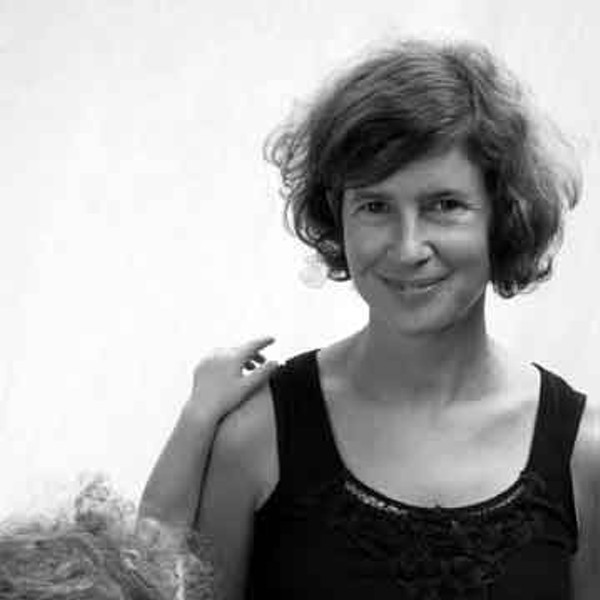Starvation Can Be an Addiction
For someone entrenched in an eating disorder, learning to accept treatment—and to acknowledge that they have a problem in the first place—doesn't come easy. For Jansen, it was a sibling who woke her up to the fact that she was in trouble last year. "I'm very close with my sister, but she didn't want to have anything to do with me as I currently was, because I was so active in my eating disorder," says Jansen. "That was what started me thinking, maybe I do have a problem and need help." By then the eating disorder had become addictive; habits took hold and endorphins flooded the body like a drug. "In my own experience with anorexia, there's a certain point when you're below weight—you're not at the worst part but at the middle point—and I remember feeling constantly happy or on the verge of excitement. It was like I was high all the time, and I loved it." Eventually, Jansen's starving body demanded food. "I would plot on what supermarkets had my favorite foods to binge and purge on. The drive home would feel like it took forever; I couldn't get home fast enough to eat these things and then throw up. After throwing up, all the physical sensations—dizziness, weakness—were a kind of high. I assume it must be what a drug addict feels. I didn't have to think about the emotional stuff or any problems I might be having in my life."
Snapping out of behaviors like these doesn't happen overnight. That's why, in her nutrition therapy work, Simon initiates changes with baby steps. She once asked a client who had been bingeing every day for years, "Did you enjoy your last binge? How much ice cream did you eat until your tongue was frozen?" Simon gave the client homework: Go home tonight and binge with a food that you really enjoy. "This floored her. Years later she still talks about it as a changing moment in her life. She'd been bingeing for years, so I knew she wasn't going to stop that day. I just asked her to do it more mindfully." Today that client doesn't binge anymore—but getting there was a slow process of awareness, behavior modification, and compassion. Similarly, when Jansen was ready to feed her body again, Simon helped show what a healthy meal would look like for someone her height and age. "She broke it up into food groups and gave a list of foods that would fit into specific categories," says Jansen. "The calorie counting, the fat counting—all of that was out. With her, there were no rules, which was very freeing. As long as I was eating, the goal starting out was, okay, if you binge and purge, you can't go running. Or eat some protein afterwards. I wasn't horribly wrong for doing this or not doing that. She really met me where I was."
Learning to Love a Healthy Body
When an anorexic has starved her body for months or years and attempts to eat again and keep food down, it's no simple affair. In clinical terms, it's called the refeeding process. "Something as small as one nonfat Greek yogurt—I felt after eating one like I might as well have eaten 50," says Jansen. "I felt full and bloated and disgusting. It was really tough to sit with that and think, this is okay, my body really needs this. My body felt completely foreign to me and really scary." Over time, as she reached a normal weight, she had the challenge of accepting her new shape. "I missed seeing my bones," Jansen says. "My ribs, my hipbones, my collarbones—I loved my collarbones."













